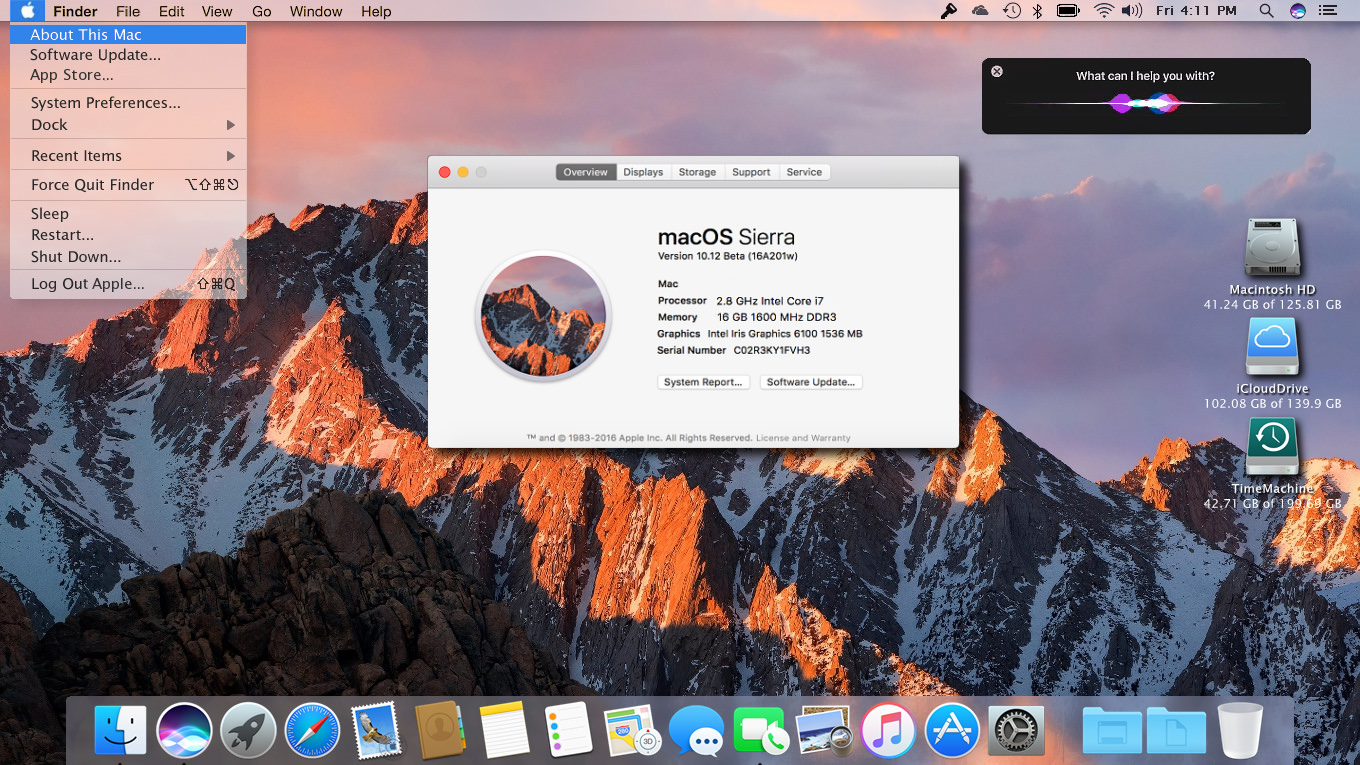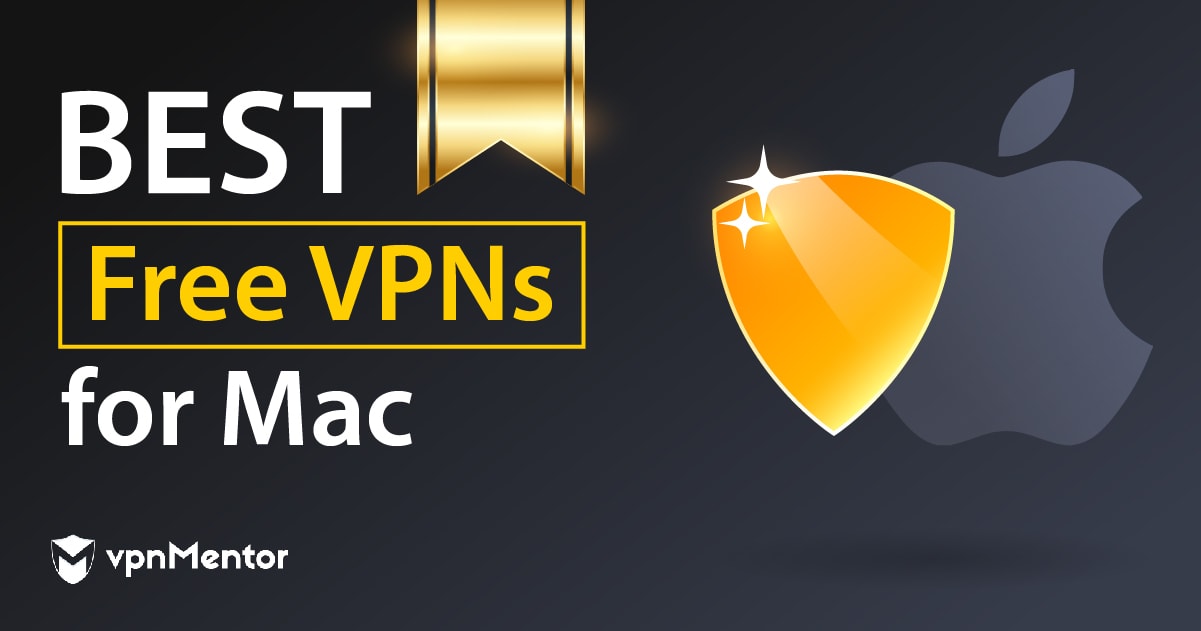

#Free vpn on mac os x lion password#
The line you enter for the user should be something like: username thisuser password thatpassword mschapStep 6: Client configuration Note: After you set the password, it will show up as nt-encrypted in the config, but it is really mschap. If you do this, the password has to be of type mschap, or the authentication will fail. I was not using an Authentication server in my setup, instead creating user accounts on the ASA to use for authentication.

It looks like the following on my box: crypto ipsec transform-set VPNTRANS mode transportStep 5: mschap passwords You have to set the transform set mode to 'transport' to work with OS X (or Windows). On an ASA 5520 with 8.0 code, it looks like the following: crypto isakmp policy 10 authentication pre-share encryption 3des hash sha group 2 lifetime 86400Step 4: transform set mode should be transport I tried to use aes encryption, but it didn't seem like OS X likes that type, so make sure you use 3des encryption, sha, and Diffie Hellman group2. By default, any client not specifying a group goes into DefaultRAGroup.
#Free vpn on mac os x lion windows#
In Panther, and on Windows 2k/XP, the VPN client does not allow the user to specify which tunnel group they belong to, so use the DefaultRAGroup to setup all your VPN rules instead of a custom named group. Make sure it works as desired with the Cisco client first. Step 1: First use the Cisco documentation to setup the VPN on the ASA or PIX.

It may not be convenient to distribute the Cisco VPN clients, or your users may not wish to use them. Problem: A Cisco ASA or PIX firewall can be a VPN server, but a basic VPN configuration will not allow the default OS X L2TP/IPSec client to connect, even though the Cisco client will. If you are not a network engineer, but are having trouble connecting to one of these devices, you can also forward this tip to your company's "firewall person," so that they can fix it. Summary: This hint is for Network Engineers who want their firewalls to accept VPN connections from standard OS X L2TP / IPSec clients (should also work for Windows and Linux clients).

Disclaimer: The following is a highly technical hint.


 0 kommentar(er)
0 kommentar(er)
